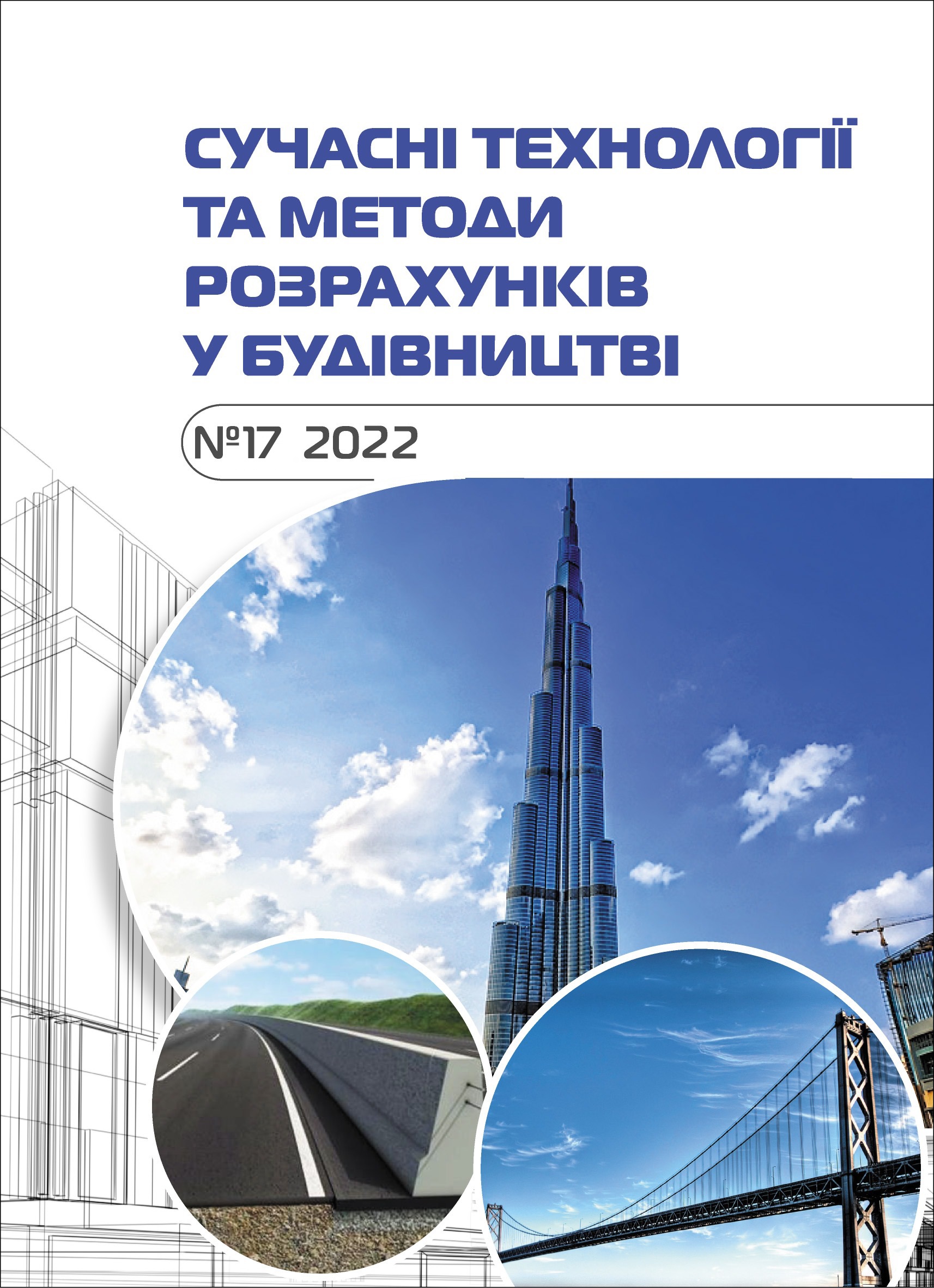Specified calculation of forced oscillations of a round transversally isotropic plate
Abstract
The calculation of the forced oscillations of a round transversely isotropic plate, which lies on the elastic Winkler basis and is hinged along the edge, is calculated. The dependences for stresses due to forces and moments in the form of a cubic parabola on the transverse coordinate are used in the article. A system of equilibrium equations in cylindrical coordinates is also used, which includes terms that describe the dynamics of forced oscillations of the transtropic plate. The initial and boundary conditions are added to the equations, which are more natural in comparison with those that take into account only the transverse displacement and do not take into account the transverse compression. In particular, the boundary condition for vertical movement provides real support of the plate along its lower edge.
The obtained calculated equations of bending of the plate include amendments to take into account the deformations of the transverse shear and compression, as well as the transverse normal stress and inertia. These amendments will potentially allow a more accurate study of their impact on the nature and magnitude of higher fluctuation frequencies. The Hankel integral transformation is applied to the differential bending equation, the core of which is its own function, through which the integral transformations of deflection and dynamic loading are written. Such representations allow us to obtain a transcendental equation for determining the frequencies of natural oscillations, which is expressed as dependences on Bessel functions. As a result, we obtain the characteristic equation and its solutions, which include the frequencies of forced and free oscillations. As partial cases, one can obtain dependences for "shear" theories, as well as the classical theory of Kirchhoff's thin plate bending.
The formulas for the frequencies include both the physical characteristics of the plate material and the characteristics of the elastic Winkler basis.








